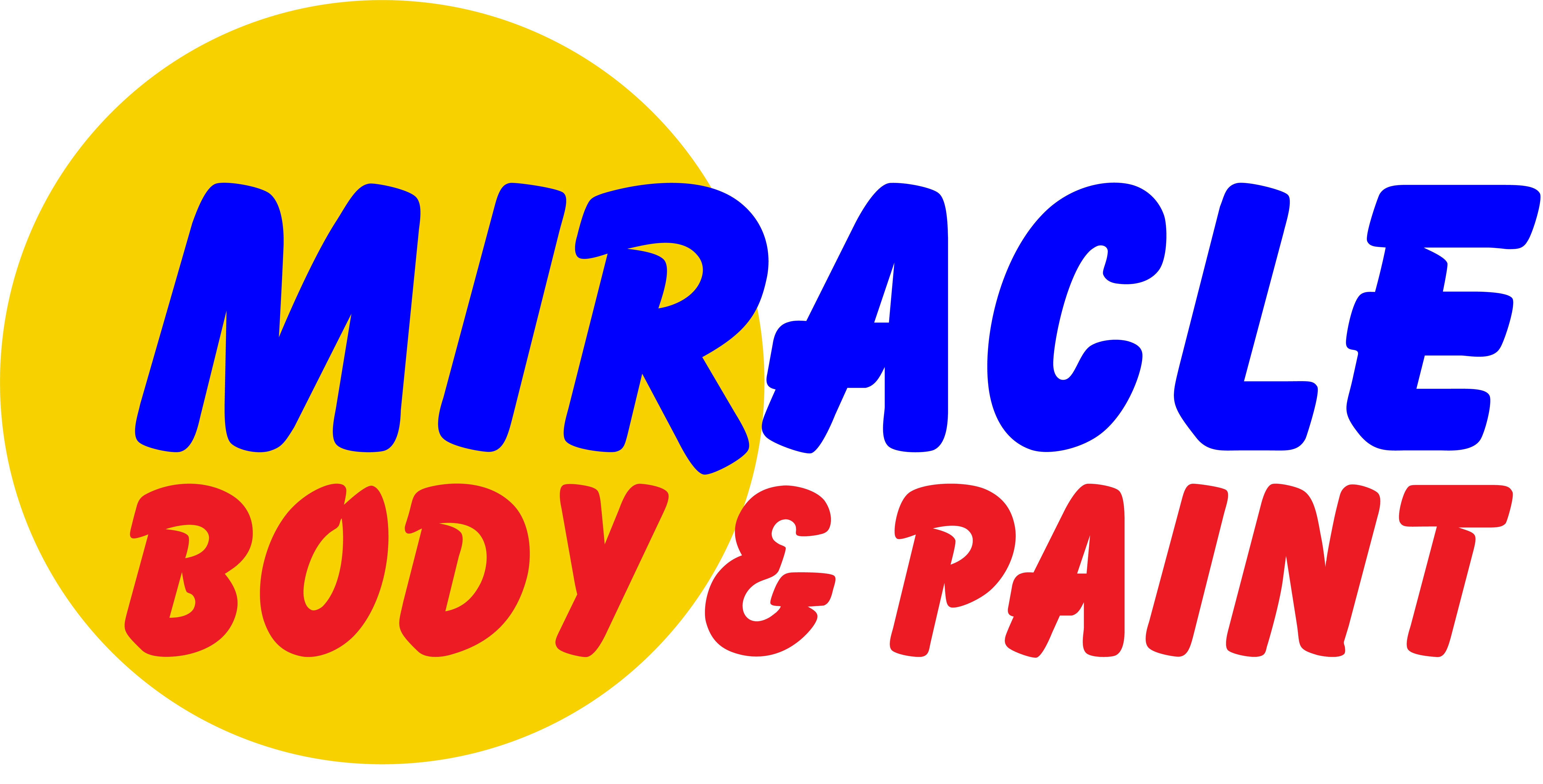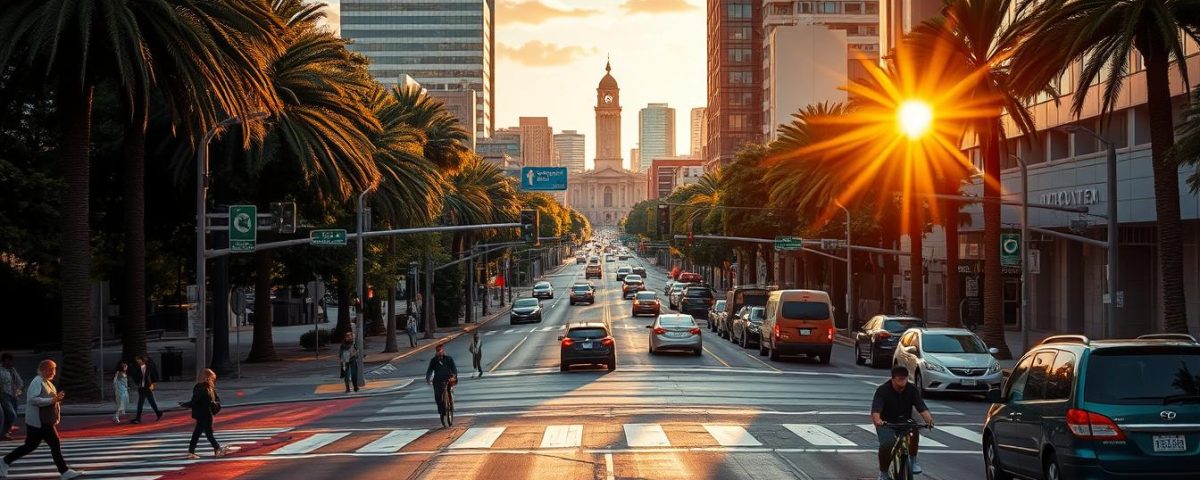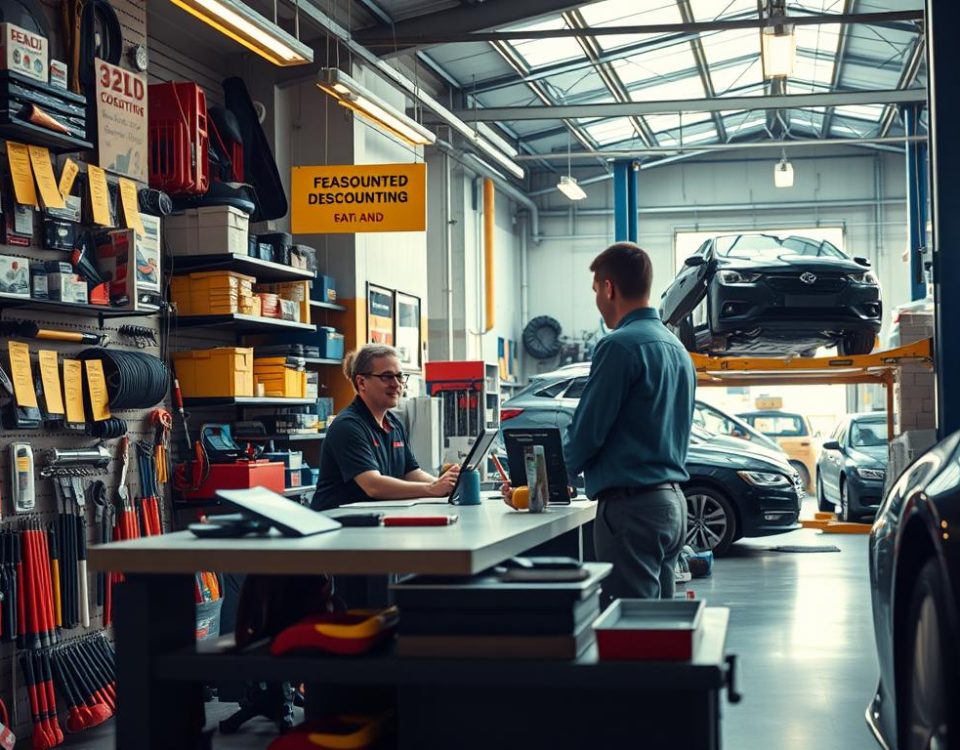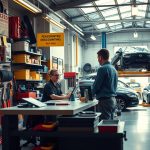
Seasonal Collision Repair Discounts San Antonio Drivers Love
You drive in a busy city where expanding roads and higher traffic volumes change risk in an instant. This introduction explains why san antonio sees repeated accident patterns and what you can do to lower your chance of a crash.
You’ll learn clear, actionable steps to adjust your attention, manage peak times, and use following distance and speed to avoid collisions. Simple changes often prevent the worst outcomes.
Remember Texas averages many roadway fatalities, and a recent analysis shows over 82% of fatal crashes here involve a drunk driver. The state also bans texting while driving under Transportation Code §545.4251.
If you already have collision damage, hire Miracle Body and Paint Collision Center. They serve north west and north east san antonio with quick, trusted repair and support so you can get back on the car with confidence.
Key Takeaways
- Understand top causes so you can change habits and cut crash risk.
- Adjust speed and following distance during heavy traffic and low visibility.
- Stay alert for drunk drivers and avoid distractions; texting is illegal.
- Document any accident, protect your rights, and contact collision repair pros.
- Focus attention near major corridors and at peak times to spot hazards earlier.
Why San Antonio’s roads see so many crashes today
Heavier flows on the region’s busiest highways increase split-second choices for every driver. Your exposure rises where I-10, I-35, and Loop 410 carry dense traffic, tight merges, and faster speeds.
Growing traffic on I-10, I-35, and Loop 410 increases risk across the city
You face more crash risk when gaps shrink and lane changes pile up. Evening commutes worsen this as fading light and headlight glare reduce reaction time.
Pedestrian-involved crashes are rising: local and statewide trends you should know
Pedestrian incidents rose sharply in recent years. The area recorded hundreds of pedestrian-involved crashes last year, with dozens of fatalities and many serious injuries.
What you can do now:
- Plan routes to avoid peak times and reduce rushing.
- Increase following distance on crowded highways and scan farther ahead.
- Check headlights and wipers before fall evenings to improve visibility.
| Risk Factor | Why it matters | Simple action |
|---|---|---|
| High traffic on highways | More merges and speed variance | Allow extra travel time |
| Evening low light | Reduced visibility and glare | Use properly aimed headlights |
| Pedestrian surge | More crossings near ramps and stops | Slow at complex intersections |
| Impaired driving | High share of fatal crashes | Drive defensively at night |
Need repairs after a collision? Call Miracle Body and Paint Collision Center at (210) 680-1987 in Leon Valley or (210) 858-3630 on Walzem Rd for fast, professional repairs in san antonio.
Driver behavior that triggers collisions on San Antonio roads
Small mistakes by drivers cause many accidents. Distracted driving—from a quick glance at your phone to in-car entertainment—cuts your attention and reaction time. Texas law bans texting while driving (Transportation Code §545.4251), so stow the phone before you move.
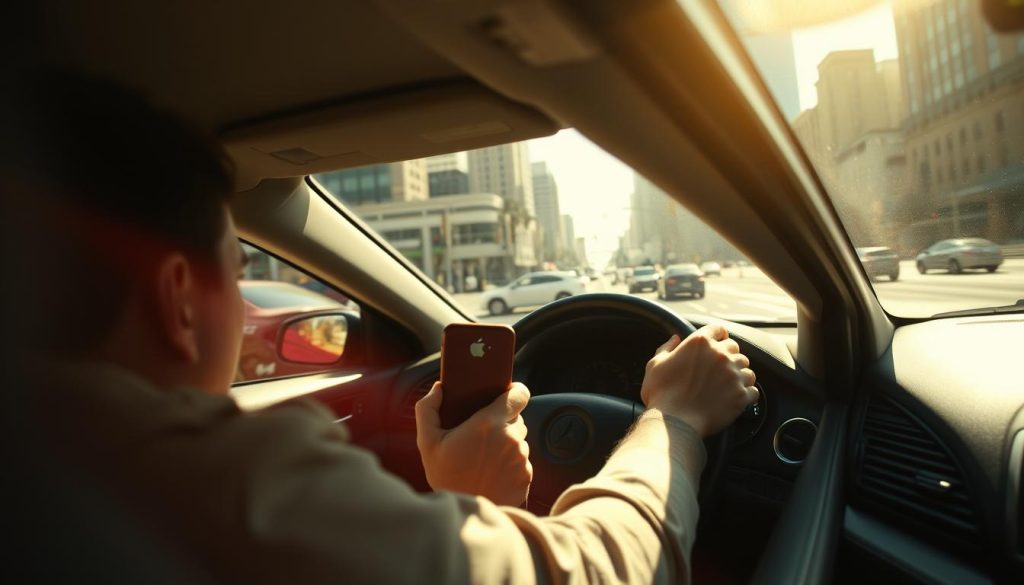
Distracted driving: phone use, in-car tech, and attention slips
Keep navigation and music set before you shift into drive. Use do-not-disturb modes and limit voice controls so distractions stay minimal.
A clear rule: avoid distractions at stoplights—do not pick up the phone. That habit prevents many intersection accidents.
Speeding and aggressive maneuvers on highways and surface streets
Speeding shortens stopping distance and magnifies crash forces. Let impatient drivers pass and leave space when lanes get crowded.
Alcohol and impairment: a leading factor in severe and fatal crashes
Alcohol contributes to over 82% of fatal crashes here. Never mix drinking and driving; plan a sober ride or ride-share to protect yourself and others.
Running red lights and failing to yield at busy intersections
Treat stale greens with caution and cover the brake when you approach complex crossings. Many accidents happen when drivers make illegal turns or miss a yielding obligation.
- Stow your phone and set systems before you drive to avoid distractions.
- Use do-not-disturb and keep hands on the wheel in heavy traffic.
- Slow down—speeding raises both accident severity and pedestrian risk.
- Plan a sober ride when alcohol is involved; impairment fuels many fatal accidents.
- Scan intersections and don’t assume other drivers will stop for lights or yields.
If a driver’s mistake already damaged your car, hire Miracle Body and Paint Collision Center for collision repair done right. Two locations: Leon Valley (210) 680-1987, 6217 Grissom Rd, 78238; North East San Antonio (210) 858-3630, 4650 Walzem Rd, 78218. For practical tips to avoid crashes, see 10 essential tips to avoid accidents.
Road and environmental conditions that raise crash risk
When daylight shrinks, drivers face sharper limits on what they can see and when they can react. October’s shorter days and busy evening commutes make it harder to spot pedestrians and lane markings.
Low light and evening commutes: visibility challenges after sunset
Switch your lights on early and keep lenses clean. Properly aimed headlights increase your conspicuity to other vehicles and drivers.
Rain and slick pavement: when to increase following distance
Wet surfaces cut traction. Slow earlier and add at least one second to your following distance. Check tire tread and pressure to improve wet grip.
Poor visibility around schools, commercial areas, and parking lots
In school zones and shopping corridors, heighten your attention. Parked cars and landscaping hide pedestrians who can step into traffic without warning.
- Anticipate glare: clean interior and exterior glass and use defoggers after rain.
- Use high beams on dark stretches, but dim for oncoming cars to avoid blinding others.
- Plan more time for evening trips so you do not rush through low-visibility periods.
If these conditions contribute to a collision, choose Miracle Body and Paint Collision Center for precise repairs and calibrated safety systems. Call (210) 680-1987 or (210) 858-3630 to schedule repairs and restore your car’s performance.
| Condition | Why it matters | Quick action |
|---|---|---|
| Low light | Reduced contrast and visibility | Use clean, aimed lights early |
| Wet pavement | Loss of traction | Slow and increase distance |
| Busy corridors | Hidden pedestrians | Scan and reduce speed |
San Antonio road safety: peak times and high-risk areas to watch
Peak congestion windows concentrate hazards into short bursts when drivers must react faster and more often.
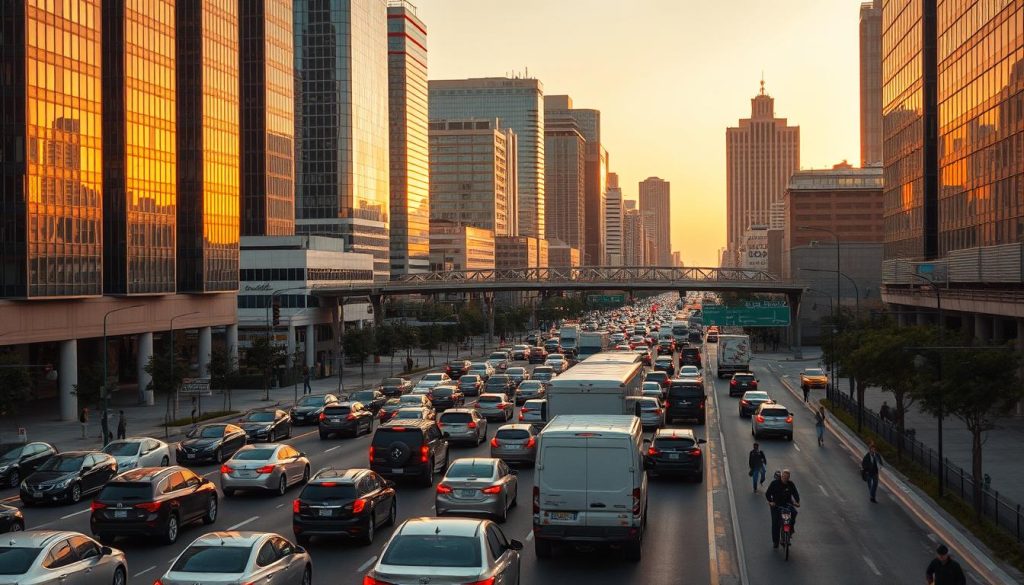
Rush hours and school zone periods that demand extra attention
Peak times often run 7–9 AM and 5–7 PM. During these windows, stop-and-go flow creates rear‑end risks near ramps and merges.
School drop-off and pickup times add pedestrian activity. Slow down, scan between parked cars, and expect children near crosswalks.
Hotspots near shopping corridors and congested interchanges
I-10, I-35, and Loop 410 interchanges see frequent braking waves and sudden merges. Commercial corridors and parking exits mix turning vehicles and foot traffic.
- Plan departures outside peak times when possible to avoid repeated braking.
- Keep extra gap, cover your brake in congestion, and watch brake‑light chains ahead.
- Avoid last‑second lane changes near shopping entrances; slow and scan wider in these area hotspots.
- Choose steadier routes even if the time is longer; smoother flow reduces collision odds.
If a fender‑bender or a more serious collision happens in these hotspots, hire Miracle Body and Paint Collision Center for fast, high‑quality repairs at either san antonio location.
| Peak | High‑risk area | Quick action |
|---|---|---|
| 7–9 AM | School zones, local streets | Slow, scan sidewalks, yield to crossings |
| 5–7 PM | I-10 / I-35 / Loop 410 interchanges | Increase following gap, avoid merges |
| All peak times | Shopping corridors & parking exits | Reduce speed, expect unpredictable moves |
Pedestrian-related collision causes and how drivers can prevent them
Pedestrian crossings demand focused attention because small mistakes lead to big harm. The san antonio area recorded 769 pedestrian-involved crashes last year, with 83 fatalities and 168 serious injuries. TxDOT urges shared responsibility—both people walking and drivers must be alert to reduce harm.
Failure to yield and unsafe turns
Many collisions happen when a driver turns without checking crosswalks. Yield to people in marked crosswalks and pause before right or left turns.
Hidden walkers and cyclists can appear from between parked cars or behind A-pillars. To avoid distractions, keep your phone down and eyes on the street as you slow to turn.
Nighttime visibility: lights, gear, and lighting
Early sunsets make pedestrians harder to see. Ensure your lights work and are aimed correctly. Slow near bus stops, schools, and busy commercial strips in san antonio to increase reaction time.
Good visibility helps everyone: reflective clothing and well-lit crossings reduce crashes and improve overall safety.
- Yield in marked crosswalks and pause before turns to scan for people and cyclists.
- Slow and check mirrors and blind spots; treat intersections as potential conflicts.
- Keep the phone down approaching crosswalks—avoid distractions entirely at intersections.
- Scan sidewalks early and approach at a speed that lets you stop smoothly without abrupt braking.
If a pedestrian-related incident damages your vehicle, Miracle Body and Paint Collision Center can handle collision repair, ADAS recalibration coordination, and refinishing. Call (210) 680-1987 or (210) 858-3630 for expert post‑repair inspections and help after accidents san antonio.
Texas laws and enforcement shaping safer driving in the city
Knowing the key laws helps you avoid tickets and protect your rights if an accident occurs. Follow clear duties at the scene and understand how enforcement affects everyday driving.
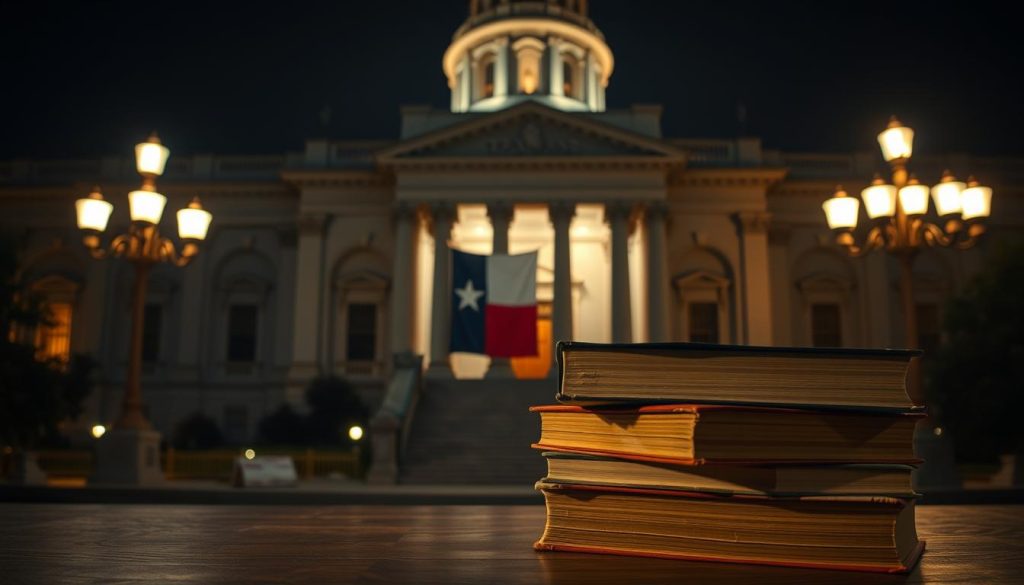
Statewide texting-while-driving ban and compliance essentials
Texas Transportation Code §545.4251 forbids composing or reading messages while your vehicle moves. If you must communicate, pull over safely.
After a crash: stop, render aid, and call 911 if anyone is hurt or damage is significant as required by §550.026. Police documentation supports insurance and later claims.
Seat belt, DWI, and speed enforcement: what affects your daily driving
Seat belts are required for all occupants. Enforcement targets obvious injury-preventing behaviors like belts and child restraints.
DWI patrols and speed enforcement focus on corridors with high impairment and severe crashes. Expect active enforcement during peak traffic.
- Keep statements factual after an accident; avoid guessing fault.
- Understand Texas is at-fault for insurance; comparative fault can still allow recovery if you’re under 51% at fault.
- If injuries or complex liability arise, consult a car accident lawyer to protect your claim and timeline.
| Duty | Why it matters | Action |
|---|---|---|
| Texting ban | Reduces distraction | Pull over to use phone |
| Report crashes | Creates official record | Call 911 and wait for police |
| DWI & speed | Raise crash severity | Drive sober and within limits |
If enforcement stops follow a collision or your car needs repair after an insurer appraisal, call Miracle Body and Paint Collision Center for trusted post‑accident restoration and ADAS coordination for your san antonio car.
What to do after a car accident in San Antonio to protect your rights and safety
The first hour after an accident matters most for evidence, medical care, and insurance. Stay calm and check for injuries. If anyone is hurt, call 911 immediately so EMS and police can respond.
Immediate steps at the scene: 911, documentation, and medical checks
Move vehicles out of live lanes if it is safe. Set hazards and keep everyone clear of traffic. Photograph all vehicles, impact points, skid marks, and nearby signs with timestamps.
Exchange names, plates, and insurer details with other drivers. Do not admit fault. Seek medical evaluation the same day—some injuries show up later.
Reporting, insurance notifications, and when to seek legal guidance
Texas requires you to report qualifying crashes to police (Code §550.026). Notify your insurer promptly with basic facts. Decline recorded statements until you review your policy or consult a professional.
- Keep a folder with claim numbers, estimates, rental receipts, and medical bills.
- Consider calling a car accident lawyer if injuries, total loss, or liability disputes arise.
- When repairs are needed, hire Miracle Body and Paint Collision Center for full collision repair and ADAS coordination. North West: (210) 680-1987, 6217 Grissom Rd., 78238. North East: (210) 858-3630, 4650 Walzem Rd, 78218.
| Step | Why | Action |
|---|---|---|
| Secure scene | Protect people | Set hazards, call 911 |
| Document | Preserve evidence | Photos, witness info |
| Notify insurers | Start claims | Report facts, avoid recorded statement |
| Seek help | Protect claims | Consult a lawyer if needed |
Conclusion
, Drive with simple, steady habits and you lower crash risk every trip.
Combine calmer speeds, wider following gaps, and consistent scanning to help keep san antonio roads safer. Plan around rush-hour and adjust for evening light and weather so you can stay alert to changing conditions.
Eliminate phone use, respect crosswalks, and treat speeding as avoidable. If a san antonio accident still happens, prioritize health, document the scene, and choose a trusted repair partner.
Ready for repairs? Hire Miracle Body and Paint Collision Center. Two locations serve you: North West — Leon Valley, (210) 680-1987, 6217 Grissom Rd., San Antonio, TX 78238; North East — (210) 858-3630, 4650 Walzem Rd, San Antonio, TX 78218.
